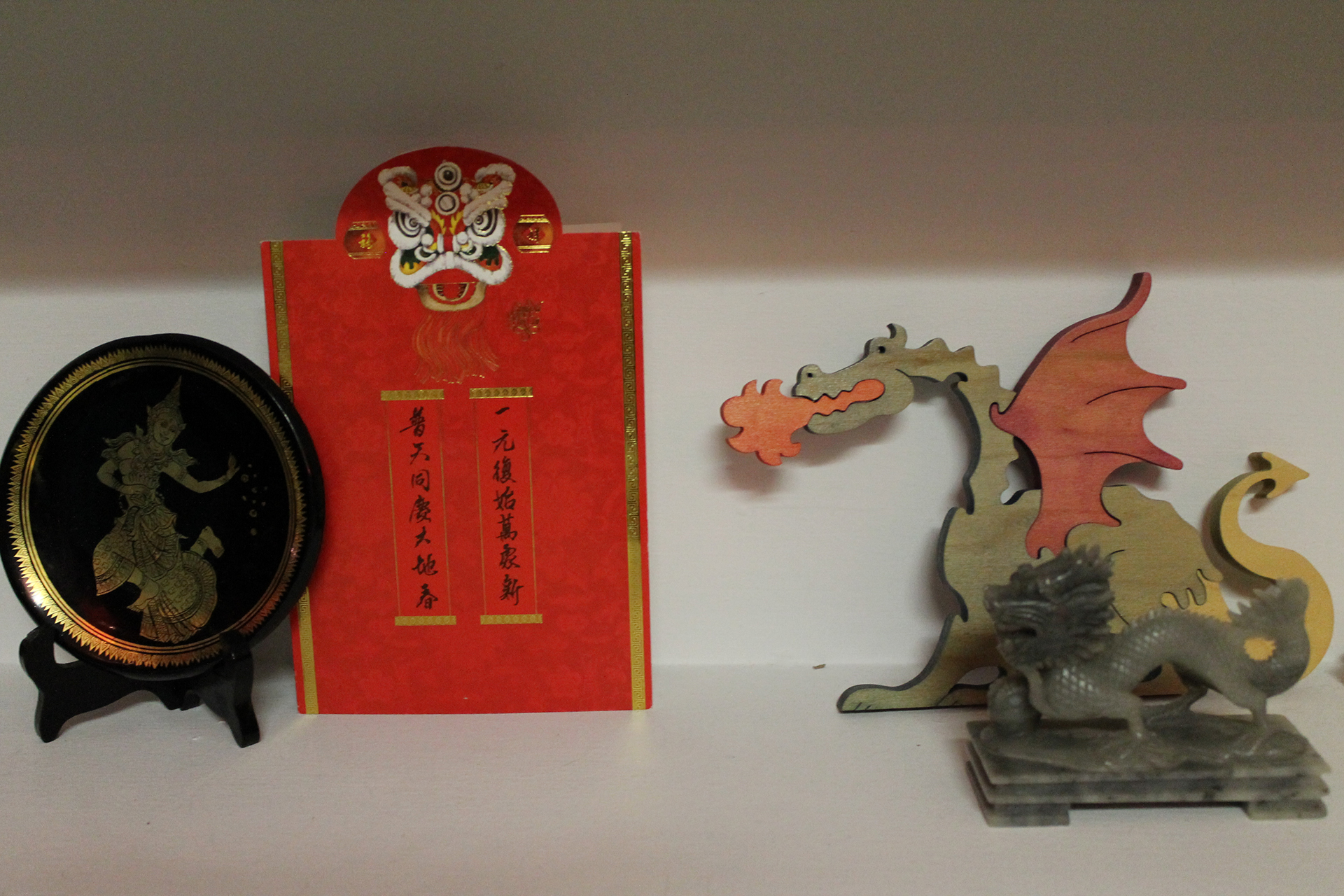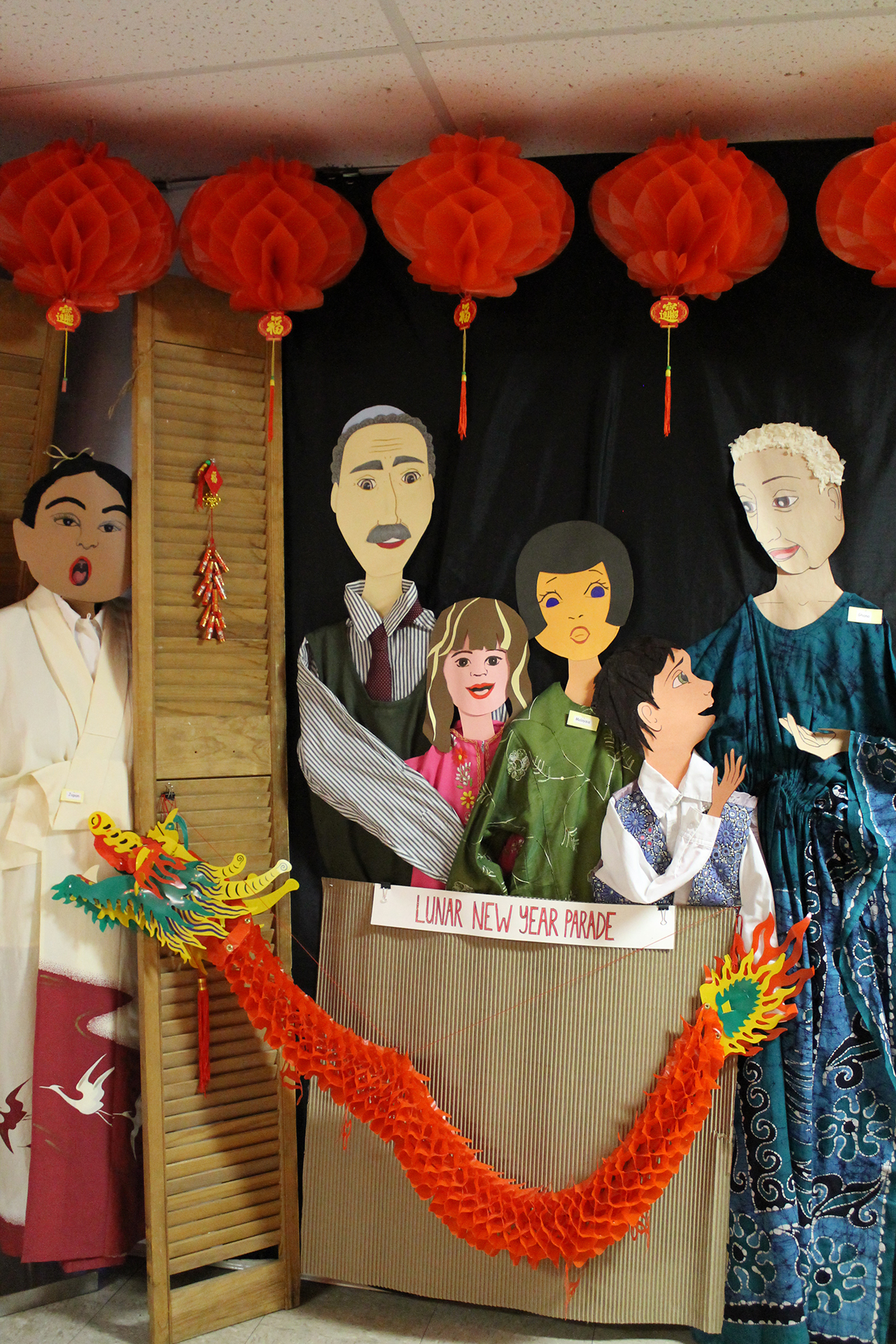| Membership | Price (+HST) |
|---|---|
| Single | $85/year |
| Single Plus | $120/year |
| Family | $130/year |
| Family Plus | $175/year |
| Contributing | $300/year |
| Supporting | $600/year |
| Sustaining | $1,000/year |
| Benefactor's Circle | $2,500/year |
| Director's Circle | $5,000/year |
| President's Circle | $10,000/year |
Festivals of Light: Lunar New Year
By Janet Liu, Treasurer of Children’s International Learning Centre.
Lunar New Year is a global celebration that occurs yearly in many Asian and non-Asian communities. It is known as the Lunar New Year, Chinese New Year and Spring Festival with people of Chinese origins. Similar festivals that are marked by the lunisolar calendar are Tết Nguyên Đán or Tết which is observed by Vietnamese and the Korean New Year (Seollal).
This coming year is the Year of the Ox. There are 12 special animals that take turns in a cycle which are honoured for the New Year and form the Chinese Zodiac. Each animal has its own special characteristics for the people born in that year.

Growing up in China, Lunar New Year is the most important event to celebrate every year for Chinese communities.
Almost everywhere, the main streets, buildings, parks, and shopping malls are decorated with red, such as red Chinese lanterns, ahead of the Spring Festival. Red is believed to be an auspicious / lucky color by Chinese. Chinese would also like to decorate their homes or yards with some lucky plants, such as lucky bamboo, tangerine tree, orchid, money plant/Devil’s Ivy, Chrysanthemums and Peony, in the hopes that they may bring wealth and prosperity in the new year.

On Chinese New Year’s Eve, my family usually puts up red couplets (black or golden characters written on red paper composed of a pair of poetry lines vertically pasted on both sides of the front door and a four-character horizontal scroll affixed above the door frame) on the doors, make dumplings together, enjoy a reunion dinner while watching Spring Festival Gala, set off firecrackers and fireworks, offer sacrifices to ancestors, and give red envelopes (filled with money which symbolizes luck and good wishes for the new year) and other gifts to kids. On the following days, we will visit relatives and friends, exchanging festive greetings and new year wishes. We also often go to watch some traditional performances, such as dragon or lion dances in the city parks or check out the temple fairs.
Day 15 of the Chinese New Year is also called Lantern Festival, which marks the end of Chinese New Year celebrations. On that day, numerous lanterns of various shapes and sizes are lightened up. People will gather to appreciate lanterns, and solve riddles on the lanterns, while children go out at night carrying paper lanterns.
In Canada, Chinatown is usually the place to go during the Lunar New Year, where we can watch dragon dances, lion dances, enjoy folk songs, and have delicious Chinese food and beverages. While Lunar New Year is not a legal holiday here, loads of festive joy are passed to me through family and friends’ greetings from ten thousand miles away, and brighten up my day.

The Children’s International Learning Centre (CILC) is a non-profit organization that was established with the vision of contributing to a world of care and respect for all people and our environment. We endeavour to do this by promoting respect for diversity and awareness of our world community through guided discovery and interactive, artistic programmes, which will soon be delivered online.
Explore RBG’s Trails
RBG’s nature sanctuaries feature more than 27 km of nature trails! Find maps, guided hike schedule, and more.













